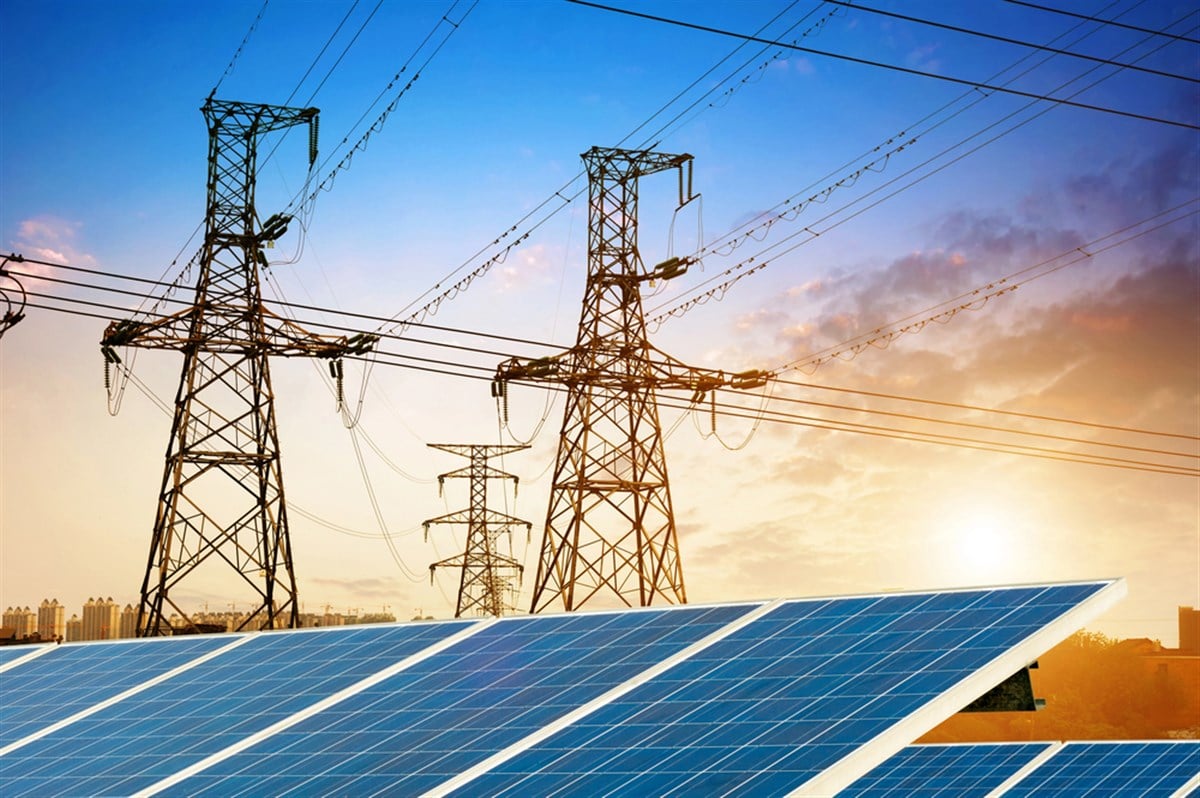Financial News
Energy Provider's Stock Skyrockets on Huge Q2 Earnings Beat

Duke Energy (NYSE: DUK) is in the utilities sector and is the third-largest electric utility company in the United States and Canada by market capitalization. The firm has outperformed its sector and the market in 2024, with a total return of 19%. The Utilities Select Sector SPDR Fund (NYSEARCA: XLU) has returned 18%.
The firm reported its Q2 2024 financial results on Aug. 6, 2024, with shares rising 1.7% on the day of the release. Let's break down the firm's operations using its annual report, review the earnings, and analyze Duke's long-term strategy.
Duke’s Operations: Supplying Electricity and Natural Gas
Duke Energy’s operations are conducted primarily through its publicly regulated utility subsidiaries. It divides the business into two segments: Electric Utilities and Infrastructure (EU&I) and Gas Utilities and Infrastructure (GU&I). EU&I provides electricity to over 8 million customers in the Southeast and Midwest.
Retail sources purchased 89% of the total energy sold in 2023, while wholesale sources purchased 11%. Wholesale revenue comes from large enterprises or municipalities that need a dedicated energy supply.
Fossil fuel sources, including natural gas, oil, and coal, account for 46% of the company’s electricity generation. Nuclear accounts for 28%, and other renewable sources account for less than 2%. They buy the rest of the power supplied from other sources.
GU&I supplies natural gas to 1.7 million retail and wholesale customers in the same regions. EU&I brought in the vast majority of revenue, accounting for 92%. Seasonality affects the company’s electricity business, with revenues being higher in the summer and winter. But, the natural gas business is largely unaffected due to regulatory protections.
Duke Beats Handily on Adjusted EPS
Duke reported adjusted earnings per share (EPS) significantly above analysts' expectations. The number came in at $1.18. This represents an earnings surprise of 16% and an increase of 30% from last year.
Revenue also beat expectations, coming in at $7.17 billion versus $6.56 billion expected. This was a surprise of 9% and a growth of 9% from Q2 2023. The company reaffirmed its full-year adjusted EPS guidance midpoint of $5.98.
The EPS increases were mostly due to gains in the EU&I segment. Rate increases, extra charges, volume growth, and improved weather contributed to this.
Duke Wants Data Center Growth But on Its Terms
Like other power generators, Duke is working to grow its ties with data center operators. They want to be the energy providers for these facilities. In 2023, Duke invested $22 billion in new projects to supply data centers and EV manufacturing/battery facilities.
Duke has data center deals with some of the world's largest tech firms, including Amazon (NASDAQ: AMZN), Google (NASDAQ: GOOG), Microsoft (NASDAQ: MSFT), and Meta (NASDAQ: META). Currently, data centers account for around 2% of the firm's power generation; it hopes to grow that number to 8% by 2030. By 2028, Duke expects data centers to account for 25% of its electricity demand growth.
Duke is attempting to exert power against these companies in several ways. First, it is working to establish “take-or-pay” clauses in its data center contracts. These would set a floor on the amount of energy the companies must buy, even if they don’t use it all. It also wants these companies to contribute to the upfront costs of developing the power grid.
Pros and Cons of Duke’s High CAPEX
Over the next five years, the company plans to invest $73 billion in capital expenditure (CAPEX). Of this, 40% will be used to expand and update the company’s grid, allowing power to travel further and more reliably. Zero-carbon energy generation investments will make up 26% of spending.
Duke Energy’s high level of capital expenditures is both positive and negative. The company will expand its capabilities more than firms like Constellation Energy (NASDAQ: CEG), which also wants to profit from data center growth.
Duke’s forecasted capital expenditure is over six times higher than Constellation’s over the next five years, even though Duke’s current total capacity is only about 40% higher than Constellation’s. This should give the firm a greater ability to increase its capacity and take on higher future demand.
However, Duke is somewhat overextending itself, with its level of CAPEX being higher than its cash from operations. This has resulted in negative free cash flow. With relatively low cash levels on its balance sheet, the firm will have to keep issuing new debt to meet its goal of paying out a dividend yield of 3.7%.

Quotes delayed at least 20 minutes.
By accessing this page, you agree to the following
Privacy Policy and Terms Of Service.



